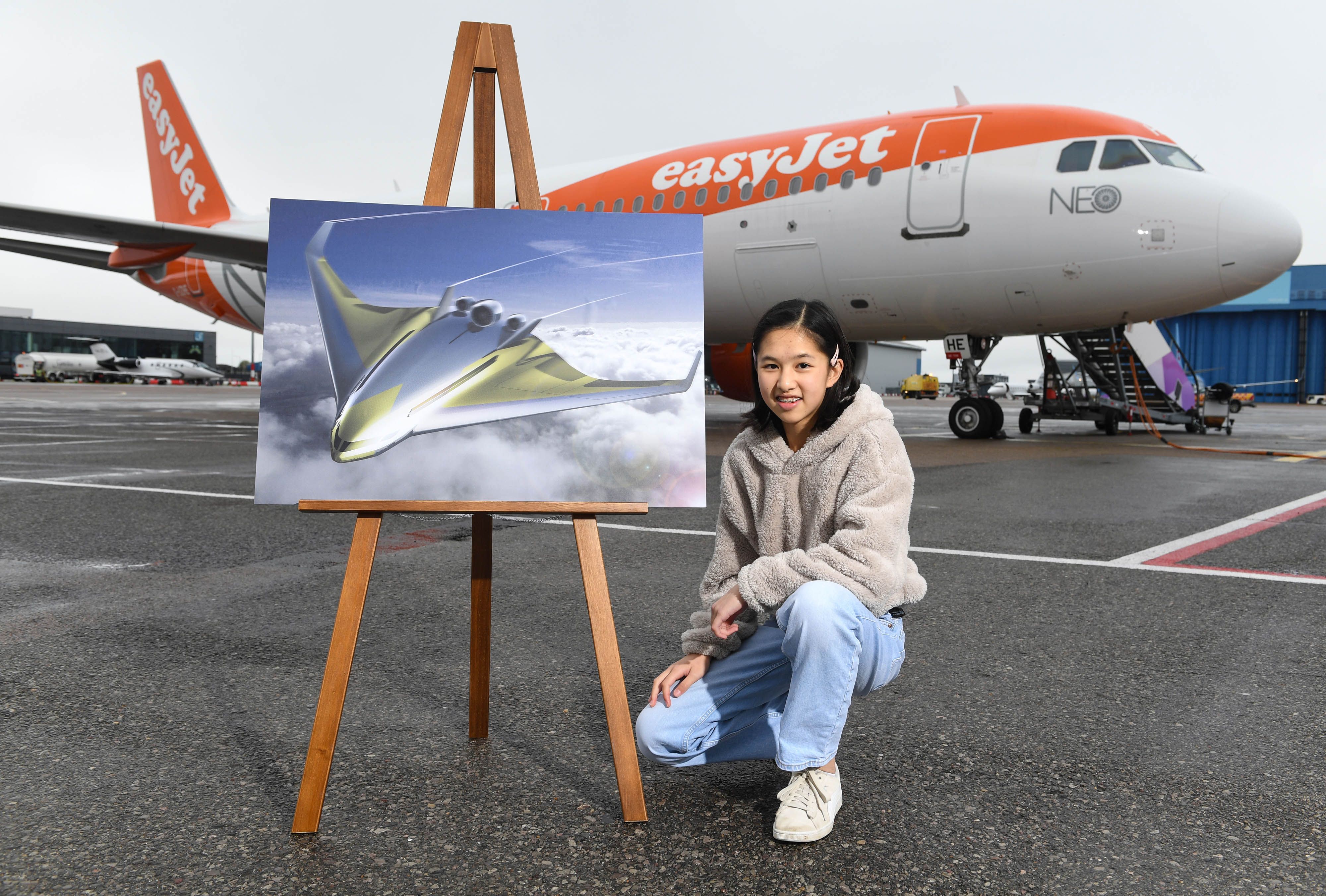Jumping on the (positive) trend of interim emission reduction targets is British budget carrier easyJet. Today, the leisure-focused airline announced it had set a science-based goal of reducing emissions by 35% by 2035.It intends to achieve this through a combination of fleet renewal, operational improvements and efficiencies, airspace modernization, and the use of sustainable aviation fuel. The carrier has also submitted its plan for validation from the Science-Based Targets initiative (SBTi). easyJet's Chief Executive Officer, Johan Lundgren, commented on the airline's ambitions,
“Decarbonising aviation is the challenge of a generation, but we know it can and must be done. We have now embarked on our journey to net-zero and while there will be challenges along the way, I’m really excited about what lies ahead. It is on us to protect the benefits of aviation for generations to come, while at the same time ensure we do all possible to protect our planet for them.”
Reduction target set against 2020 levels
Most carriers are setting their emissions targets relative to a 2019 baseline. For instance, American Airlines has tasked itself with reducing CO2 emissions by 45% by 2035 - compared to 2019 levels. However, easyJet says it will lower emissions by 35% compared to the fiscal year of 2020. At first glance, this might seem odd as the year-that-must-not-be-named was a pretty low year in terms of total CO2 from aviation.
Meanwhile, airline emissions reduction is measured in carbon intensity - this means greenhouse gas emissions per unit of passenger and cargo payload, not total emissions. And in 2020, easyJet's carbon dioxide emissions per passenger kilometer were 70.77g, compared to 70.41g in 2019. Prior to that, since 2000, easyJet had already successfully reduced its CO2 per passenger kilometer by one-third.
Fleet renewal
In order to achieve its sustainability target, easyJet has undertaken a fleet renewal process which means that all aircraft delivered between 2022 and 2028 will be Airbus new-engine-option, or neo, aircraft. These are at least 15% more fuel-efficient than the aircraft they replace and provide a 50% noise reduction.
easyJet already operates 32 Airbus A320neos, and ten A321neos and is expecting deliveries of 98 more of the former and 15 of the latter. The airline says that switching to more fuel-efficient current generation aircraft as well as upgauging to larger aircraft will help reduce emissions in the short term due to higher absolute fuel efficiency and lower emissions per seat.
Operations, data, and other efficiency measures
easyJet is also looking at ways to improve operational efficiency. This includes measures such as single-engine taxiing on arrival and departure and using advanced weather information to improve navigation, but also things like engine washing to get rid of debris and improve performance.
Furthermore, the airline has partnered with other companies and organizations such as Airbus, Collins Aerospace, NATS, and Eurocontrol to further enhance flight efficiency and utilizes artificial intelligence algorithms to identify other potential operational efficiencies.
This is all well and good, actions are being taken, and given the growing power of data processing and machine learning, there is indeed great hope for the role of AI in reducing airline emissions.
Large chunk could be down to regulators
Meanwhile, as one of its core pillars to reach the 35% reduction target, easyJet has identified something that is not in the immediate control of the carrier, and that is airspace modernization. However, the airline says it is engaged with various stakeholders and public authorities to make this happen - including the implementation of the Single European Sky.
According to some estimates, the latter could sweep 10% of European aviation emissions off the table in one go - and as much as 15% of easyJet's. The initiative has been in the works since 1999, but political will has been in short supply, despite the noticeable gains to be won from decreased flying times across the continent.
The SAF component
Like many other carriers, easyJet is counting on the scaling up of the production of sustainable aviation fuel to help reach its targets. Thus far, easyJet has powered flights out of Gatwick Airport to Glasgow during the COP26 conference last year. The 30% second-generation biofuel blend was provided by Neste. However, there is yet to be any significant purchase announcement from the airline.
Meanwhile, easyJet affirms it will "use SAF at scale in the interim in order to achieve material lifecycle carbon emissions reductions in comparison to kerosene." Lundgren has previously expressed concern about there being too much focus on biofuels at the expense of synthetic kerosene, the so-called e-fuels or "fuel from thin air," as it is sometimes referred to.
Discover more aviation news with Simple Flying!
Investing in zero-emission aircraft development for 2050 target
"In the interim" here refers to the time before other decarbonization technologies begin to mature. And easyJet has a lot going on in terms of partnerships across several sectors. The airline has formed various coalitions and collaborations with companies such as Airbus, Rolls-Royce, GKN Aerospace, Cranfield Aerospace Solutions, and Wright Electric on several dedicated projects to accelerate the development of zero-emissions aircraft.
Hydrogen and electric planes might be some way off from becoming a commercially viable alternative yet. However, they are predicted to have the most significant impact across short- and medium-haul operations first. This is in keeping with easyJet's mission objectives, as the airline has emphasized it has no intentions of venturing into long-haul territory.
What is this 'science-based' about?
The term 'science-based targets' has been popping up a lot lately in the airline sustainability and emission discourse. This is due to the Science-Based Targets initiative (SBTi), a partnership between CDP, the United Nations Global Compact, World Resources Institute (WRI), and the WWF. It has been set up to guide companies on their decarbonization journeys and keep them in line with the Paris Agreement.
easyJet says its plan aligns with the SBT pathway and has been submitted to the SBTi for validation. The only carrier thus far to have its strategy validated is American Airlines, but an additional 15 airlines have submitted their plans, including Delta, United, and the entire IAG Group. SBTi requires airlines to decarbonize within their own operation and not use out-of-sector carbon offsetting or other mechanisms such as ETS (Emissions Trading System).

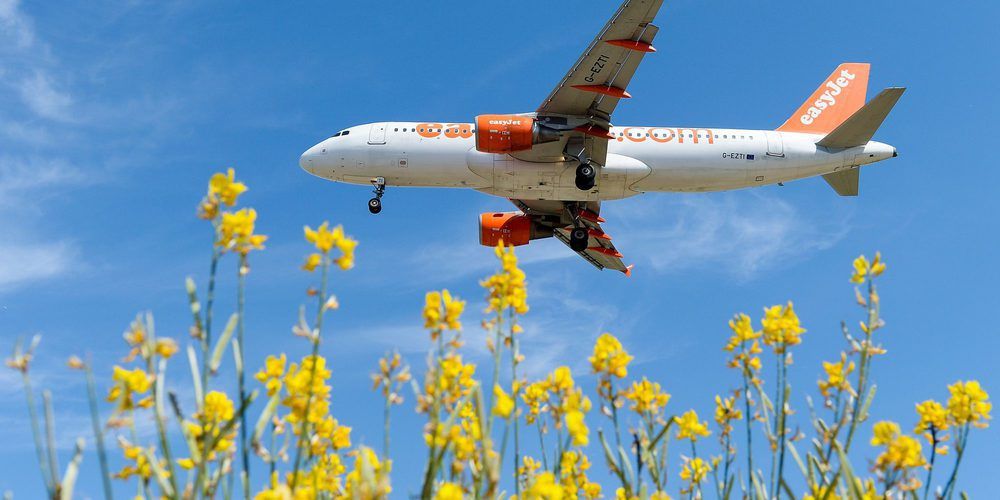
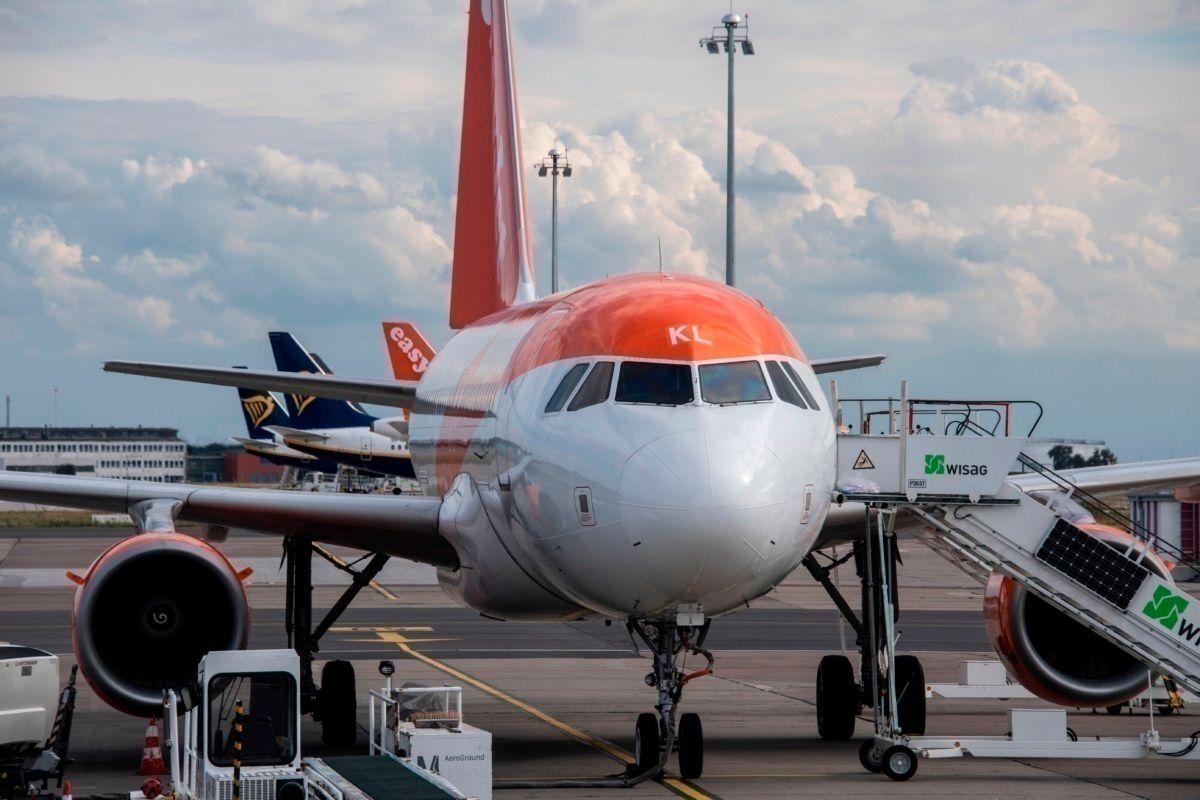
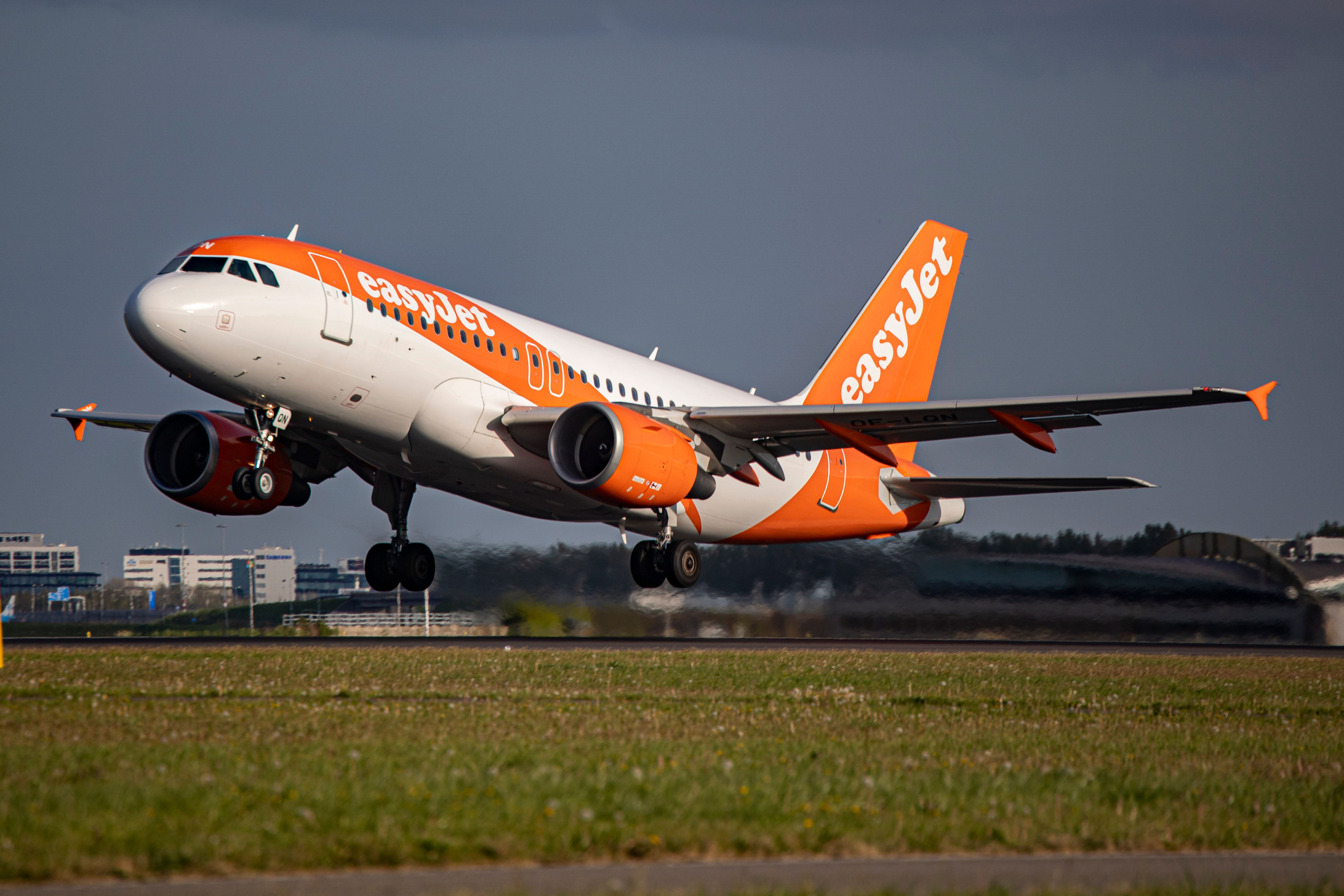
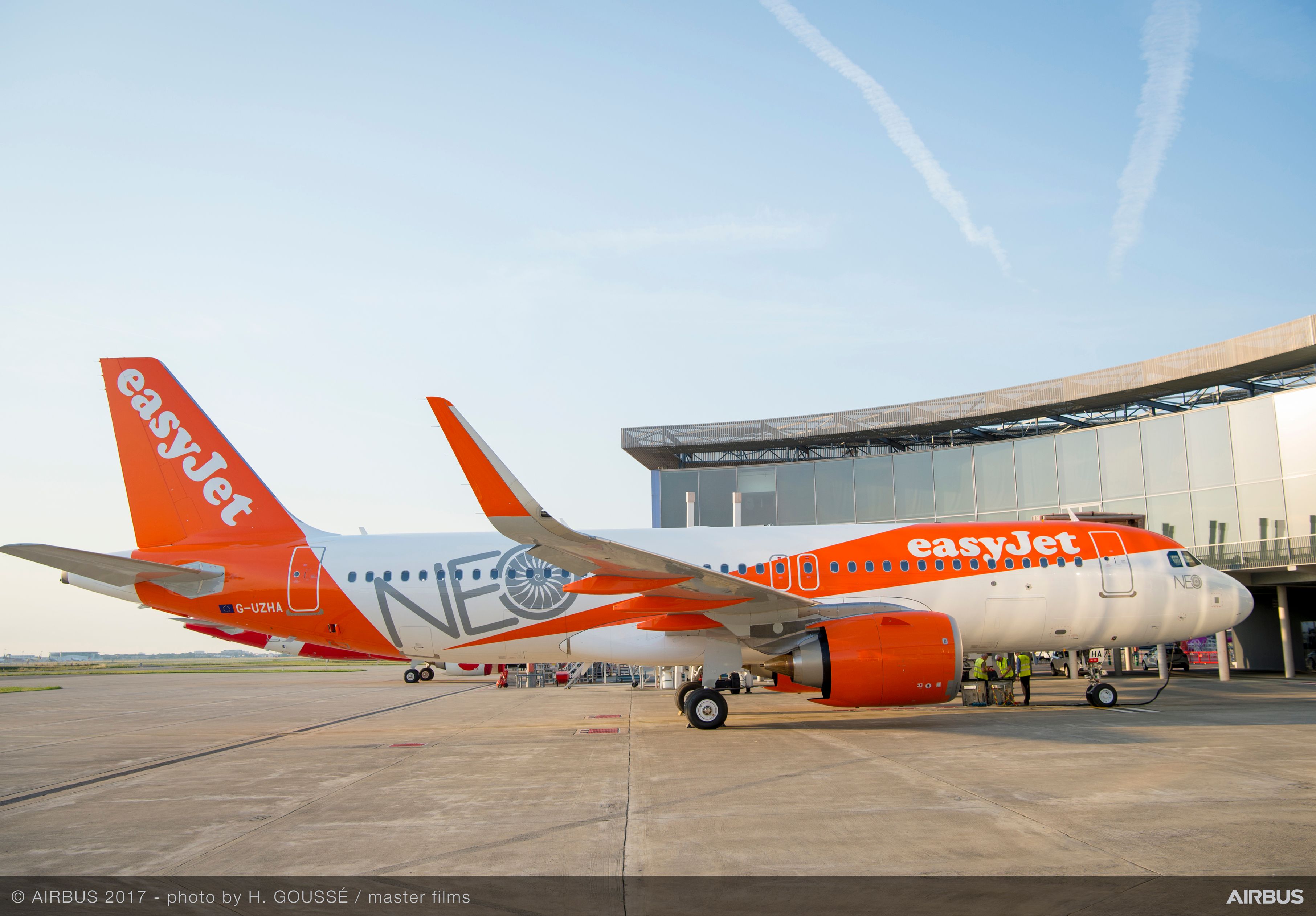
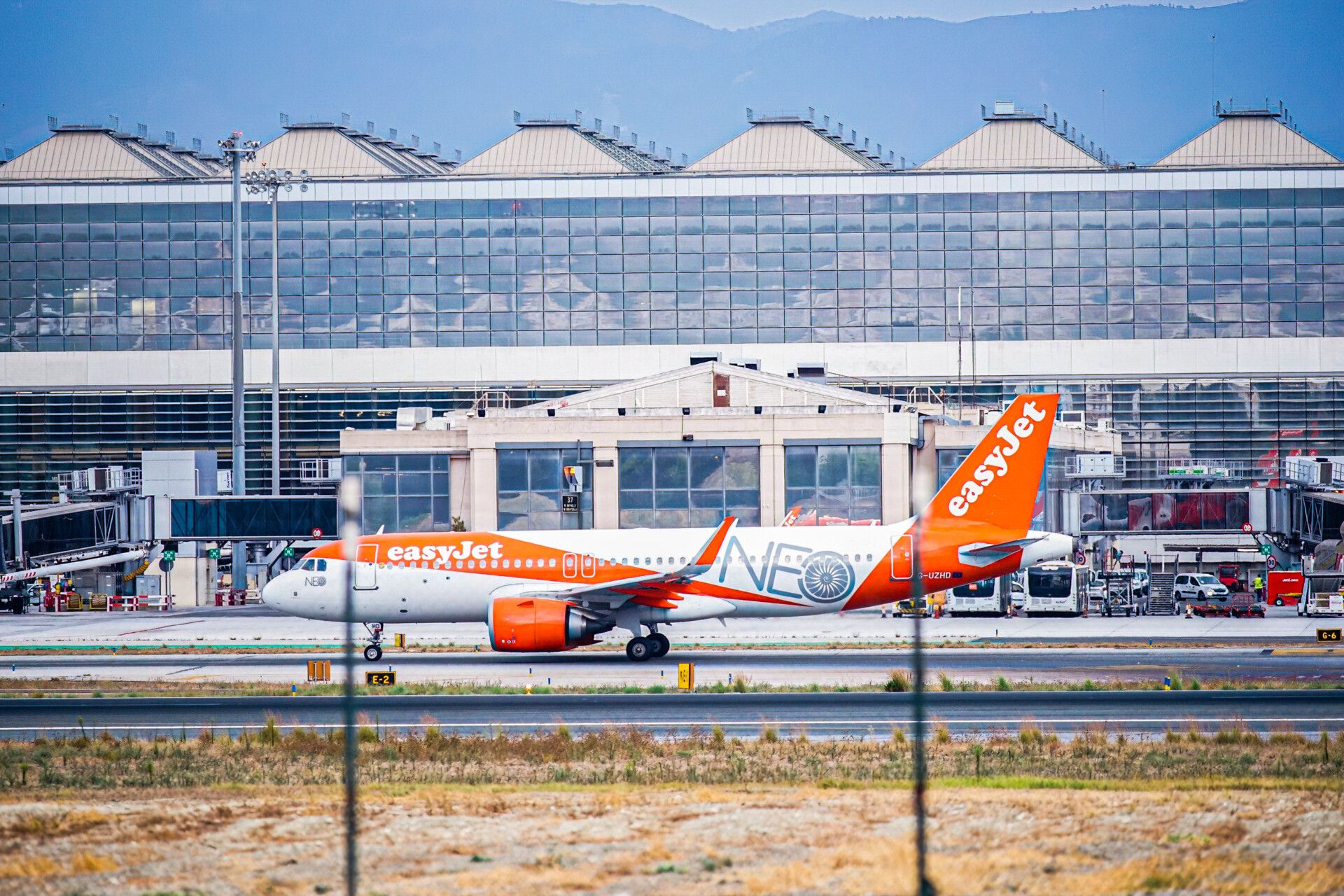
.jpg)
